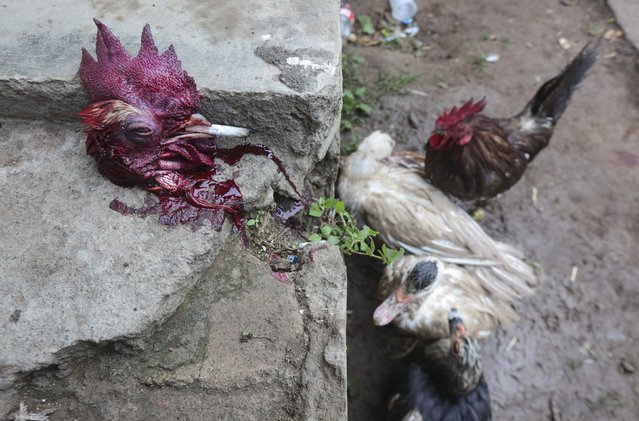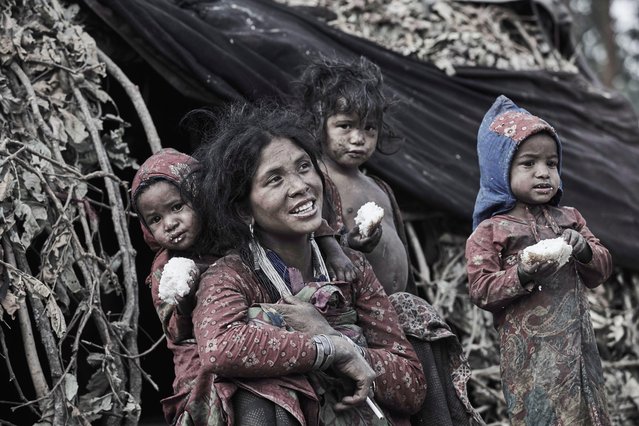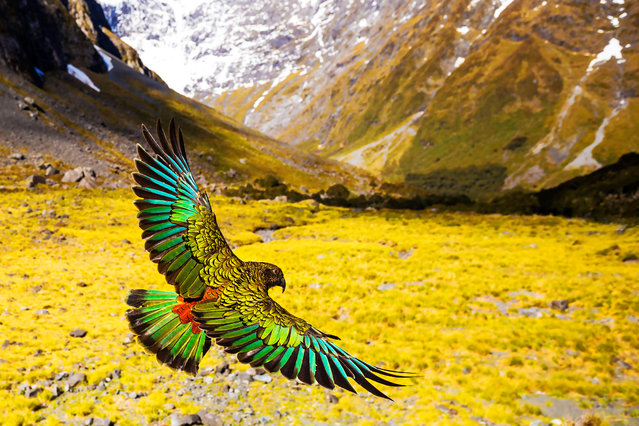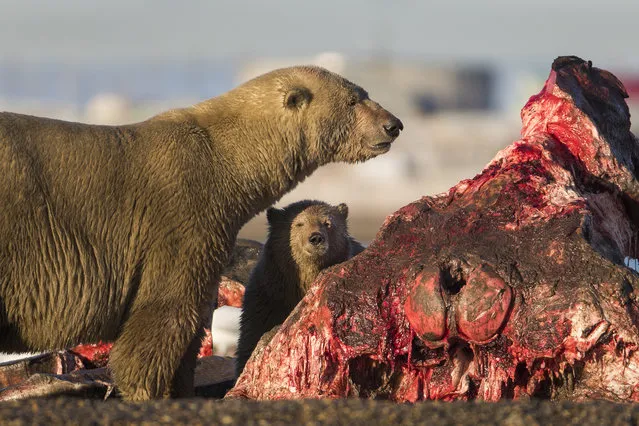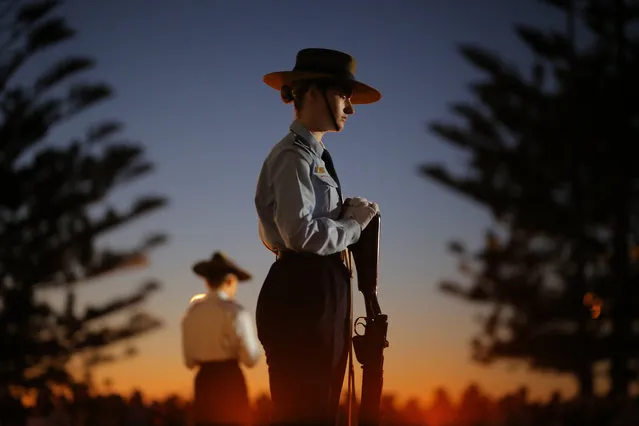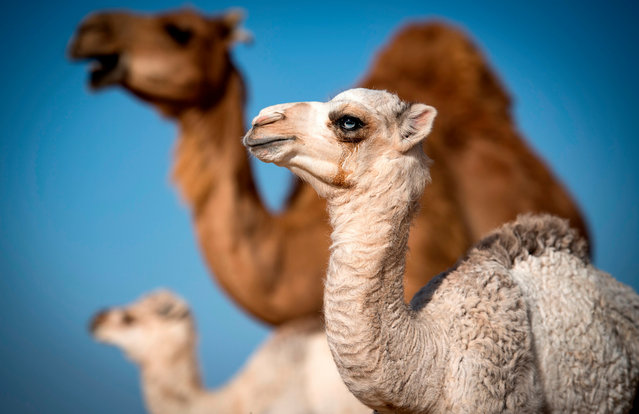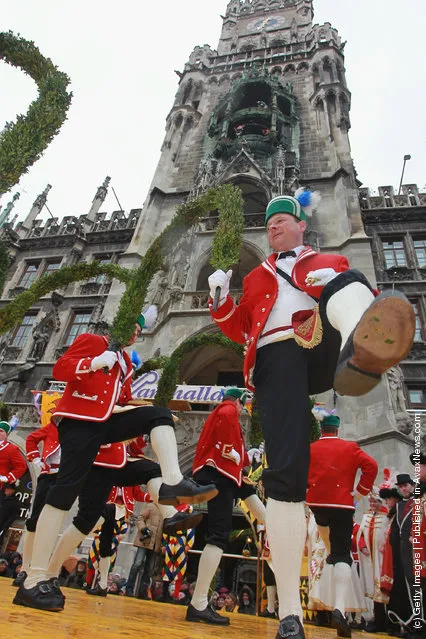
Performers wearing traditional outfits demonstrate the Coopers' Dance on Marienplatz square on January 7, 2012 in Munich, Germany. The Coopers' Dance, known in German as the Schaefflertanz, is performed only every seven years and dates back to 1702. (Photo by Johannes Simon/Getty Images)
08 Jan 2012 11:06:00,post received
0 comments


